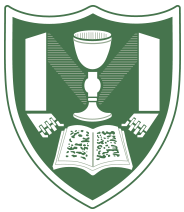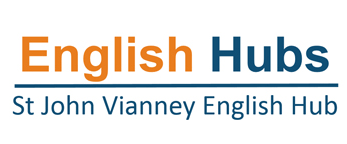
Art
At St John Vianney we use “AccessArt” which is a charity that supports visual arts teaching and learning. Established in 1999, they advocate the importance of high quality visual arts education for all, and enable and inspire this through the UK’s largest collection of online resources and through CPD and training and network events.
The Split Curriculum from AccessArt at St John Vianney

Introduction
Click Here
SJV 'Access Art' Long Term Overview
Click Here
How do we assess Art?
Click Here
Drawing Journey
Click Here
Intent
Through the teaching of Art, we hope the children will be engaged, inspired and challenged. They will learn skills to experiment, design and create their own works of art and craft.
We believe that Art forms an important part of the curriculum, where children are given the opportunity to stimulate and develop their creativity and imagination alongside developing emotional and intellectual confidence.
We also link local landmarks to our Art studies.
Art is an integral part of other curriculum areas as it helps with visualisation and spatial awareness.
As a result of this learning we hope that children who have the aspiration to follow a variety of career paths, including the Arts will be equipped with the skills, knowledge and passion to do so. We use the talents we have been given to achieve the best we can and aspire to greater things through the Arts.
All children will be given the opportunity to:
- Work creatively, exploring ideas using imagination and first-hand experiences to translate into their own work.
- Develop skills in drawing, painting, sculpture, printing, textiles and collage. These skills will be re-visited yearly.
- Develop their ability to use a variety of Art media, materials, tools and techniques with progressive skill and with safety.
- Foster an appreciation of the visual arts, artists, craftspeople and designers through visits to the local Art gallery and visits from local Artists. Great artists and designers will be studied alongside the linked skill. Eg William Morris during a project on textiles.
- Work in a Sketchbook and an Art Book with includes sketches, designs, investigations and experiments prior to a finished piece of work.
- Evaluate their own and each other’s work and make developments and changes as a result.
- Take part in exhibiting their own work around school, in local exhibitions and, from time to time, in a whole school exhibition.
Implementation
The Art Leader supports colleagues in the planning, knowledge and teaching of Art and Design.
Staff training is provided by Art Leader and sometimes via external providers.
Inclusion
All children are given full access to the Art Curriculum. Skill areas of the Art curriculum are taught half termly each year, therefore each child is able to revisit each skill each year. Art is also taught and explored within other curriculum areas.
Progression
Teachers are expected to place photographic evidence of work in shared folders. These are monitored by the Art Leader.
Photographs of each years group’s artwork are collated onto evidence sheets for each skill area. As each skill area is revisited each year, progression can be seen where skills have been embedded and extended.
Breadth and Depth
Art is taught as an individual subject as well as being incorporated into other curriculum areas which allows children to practise and extend their skills.
A sewing Club is offered to Yr 5 and 6 as an enrichment.
An Art Club is offered to KS1.
The school has good links with the local Art Gallery and year groups often visit exhibitions, take part in exhibitions and take advantage of local artists holding workshops in school.(linked by the gallery)
Assessment
Teachers make informal judgements as children are observed during lessons. Discussion, questioning and evaluation also take place as the children work.
Impact
The curriculum leader monitors photographic evidence, displays and books to ensure the curriculum is being successful and producing good outcomes for all children. Children’s exposure to a range of skills and materials and techniques is also monitored by work produced and progression across age groups is compared.
All pupils are given equal access to the curriculum and achievement is celebrated according to the success of each individual child.
Teachers make informal judgments as children work, discussing and evaluating finished products and processes.
The progress of each child is recorded after each topic or skill area is completed.
Children’s work is celebrated through display, exhibition within school and also through public exhibition.
-feeds hashtag="#SJVArt"]We used the blind drawing exercise in our sketchbooks to draw feathers. Then we used our observational skills to draw peacock feathers using pastels. #SJV1B #SJV1BA #SJVArt pic.twitter.com/C06pjmA9G5
— St John Vianney (@sjvblackpool) April 24, 2023














